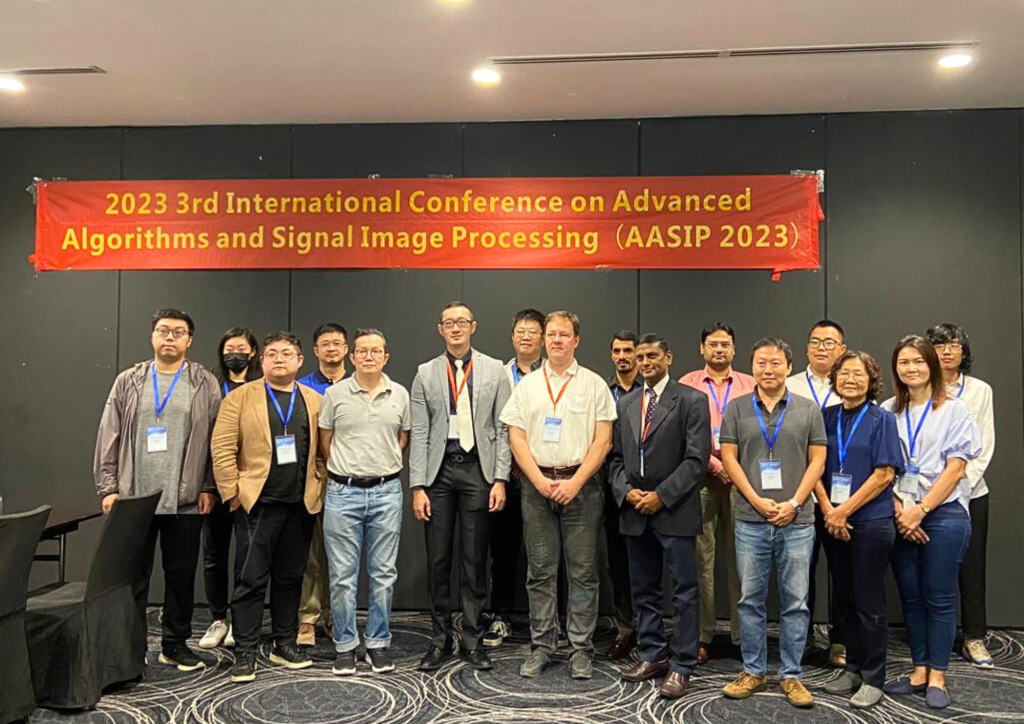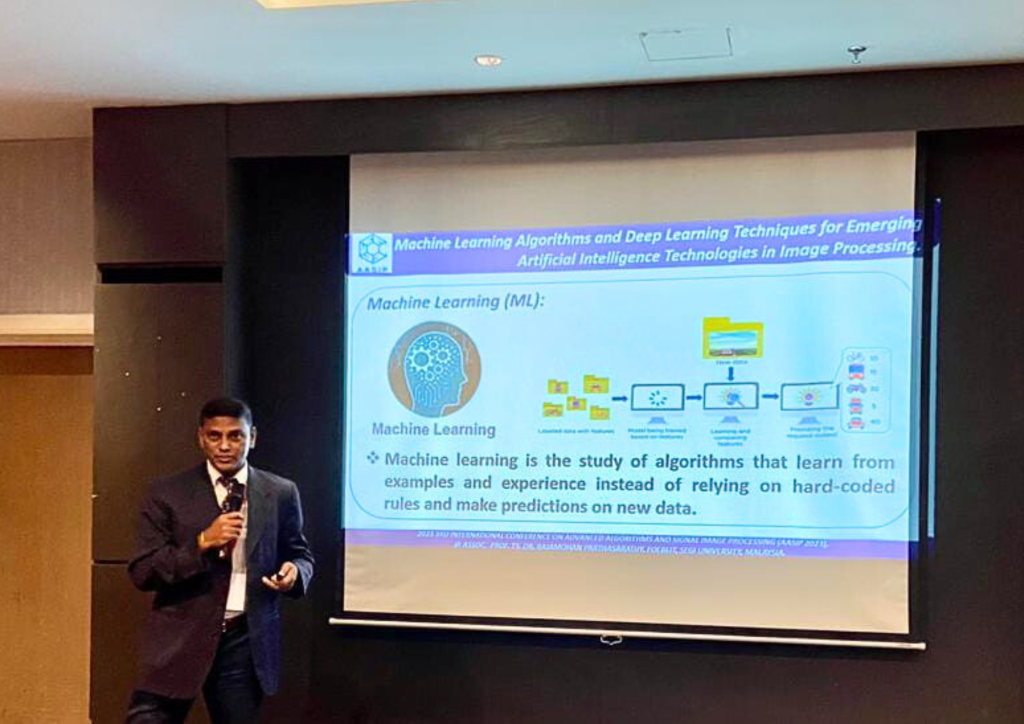Artificial Intelligence (AI) stands as a beacon of innovation in the realm of technology, driving advancements that were once deemed unattainable. At its core, AI encompasses the ability of computers to perform tasks traditionally associated with intelligent beings. Within this vast domain lie two integral components: Machine Learning (ML) and Deep Learning (DL).
Understanding the Basics: AI, ML, and DL
Artificial Intelligence embodies the capacity of computers to emulate intelligent behaviours, such as learning, reasoning, and problem-solving. Machine Learning, a subset of AI, focuses on developing algorithms that enable systems to learn and improve from experience. Unlike traditional programming, where rules are explicitly defined, ML algorithms rely on data to make informed decisions and predictions.
Deep Learning, in turn, represents a specialised branch within the ML paradigm. It operates by learning data representations through layers of progressively meaningful abstractions. These neural networks, inspired by the structure of the human brain, excel at tasks like image and speech recognition, natural language processing, and more.

Demystifying Deep Learning: Anatomy of a Deep Neural Network
At the heart of Deep Learning lies the architecture of deep neural networks. These networks comprise interconnected layers, each contributing to extracting intricate features from raw data. A typical deep neural network consists of:
Input Layer: Receives data inputs.
Normalisation Layer: Scales input data to appropriate ranges.
Convolutional Layer: Applies filters to detect features within the input.
Hidden Layers: Successive layers that extract hierarchical representations.
Output Layer: Produces the final output based on learned representations.
Image Processing: Unveiling the Digital Canvas
As digital representations of visual information, images serve as a cornerstone for numerous applications ranging from medical diagnostics to autonomous vehicles. Understanding the fundamentals of image processing is imperative to harness the power of visual data.
Presented at the 2023 3rd International Conference on Computer Graphics, Image, and Virtualization (AASIP 2023), this article explores the integration of AI and image processing, shedding light on the advancements and possibilities unveiled in the field.

Essential Steps in Image Processing
Image processing encompasses a series of operations to enhance, analyse, and interpret visual data. Key steps include:
Image Acquisition: Retrieving images from hardware sources.
Image Enhancement: Highlighting features of interest within images.
Image Restoration: Improving the quality of degraded images.
Colour Image Processing: Manipulating colour information for analysis and visualisation.
Segmentation: Partitioning images into meaningful regions.
Recognition: Assigning labels or classifications to objects within images.
Applications of Image Processing in the Real World
The impact of image processing reverberates across diverse domains:
Medical Image Retrieval: Facilitating early disease detection and treatment planning.
Traffic Sensing Technologies: Enabling efficient traffic management through video analysis.
Face Detection: Empowering security systems, biometrics, and social media applications.
Image Reconstruction: Restoring and enhancing damaged or corrupted images.
Advantages and Future Prospects
The benefits of image processing extend beyond mere visualisation:
Enhanced Interpretation: Improving images for human and machine interpretation.
Data Extraction: Extracting valuable insights and information from visual data.
Versatile Manipulation: Manipulating image properties for various applications.
Seamless Transmission: Facilitating the electronic transmission of images across platforms.
As we traverse the realms of Artificial Intelligence, Machine Learning, and Deep Learning, we unlock new frontiers of innovation and discovery. Image processing is a testament to technology’s transformative power, bridging the gap between raw data and actionable insights. As we embark on this journey of exploration, the fusion of AI and image processing promises to reshape industries, redefine possibilities, and empower humanity in unprecedented ways.

About the Author:
ASSOC. PROF. Ts. DR. RAJAMOHAN PARTHASARATHY
Associate Professor and Lead Coordinator for the Centre for Networks Security & IoT,
Faculty of Engineering, Built Environment & Information Technology, SEGi University
Assoc. Prof. Ts. Dr. Rajamohan is an esteemed academic and researcher specialising in Computer Networks, Security, and Artificial Intelligence. With a Bachelor’s degree in Physics and advanced degrees, including a Master’s in Computer Applications (MCA), Master of Technology (MTech-Computer Science Engineering) and a PhD in Computer Science, his academic journey reflects a commitment to excellence. His research interests encompass a wide range of areas, including Cybersecurity, Virtual Private Network Implementation, and Cloud Computing Security. Recognised for his contributions, he holds professional titles such as Chartered Engineer (C.Eng.) and Fellowship Membership from prestigious institutions. With over 28 years of academic experience and 2 years in industry, he mentors research scholars and has published 64 articles in reputable journals. Additionally, he serves as an editor/reviewer for eight international journals, contributing significantly to the academic community.

